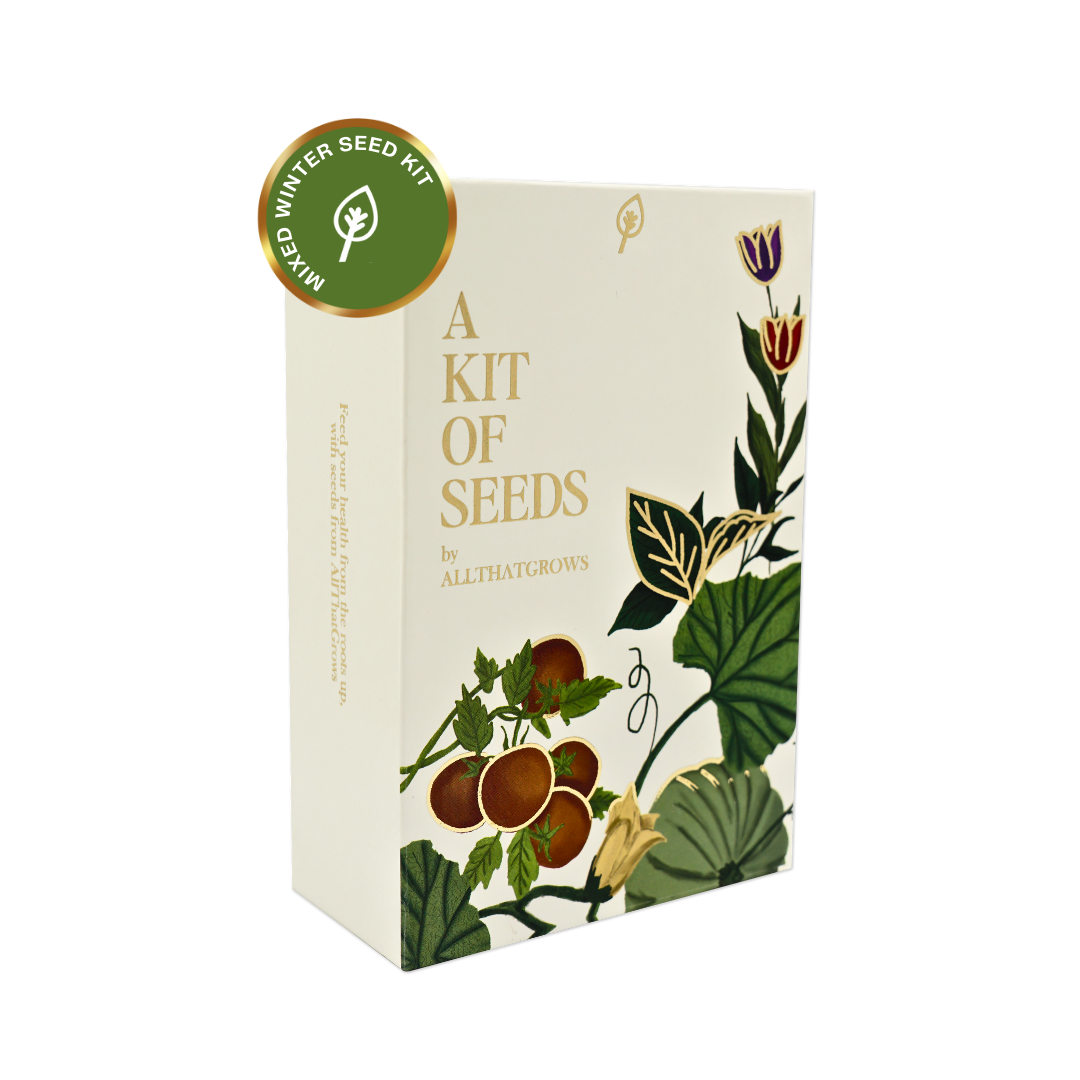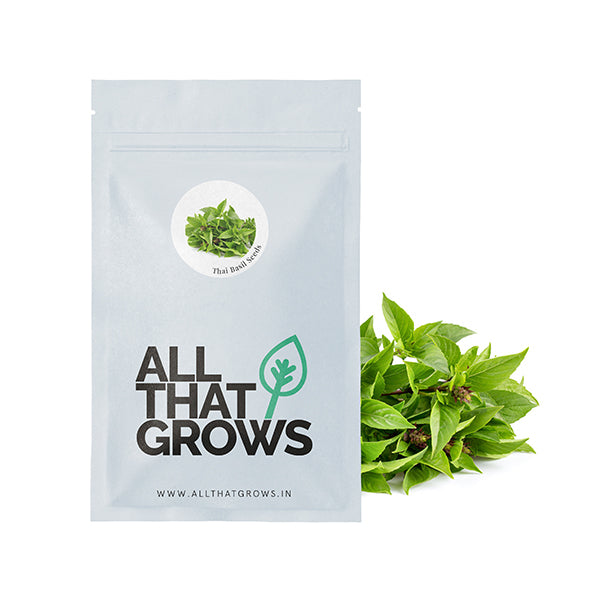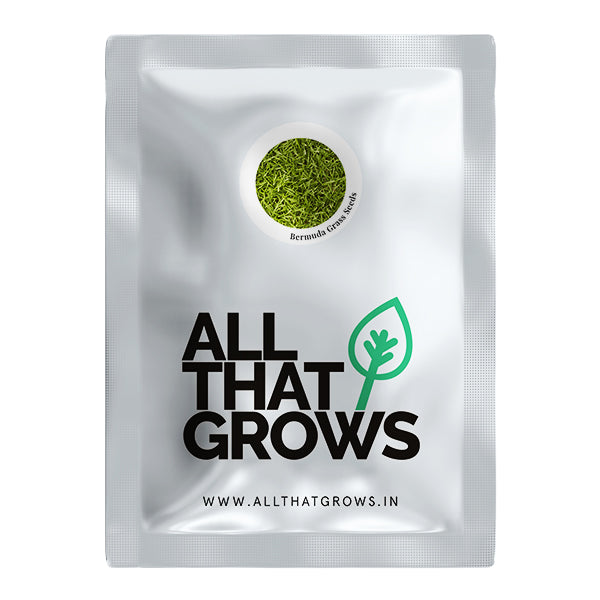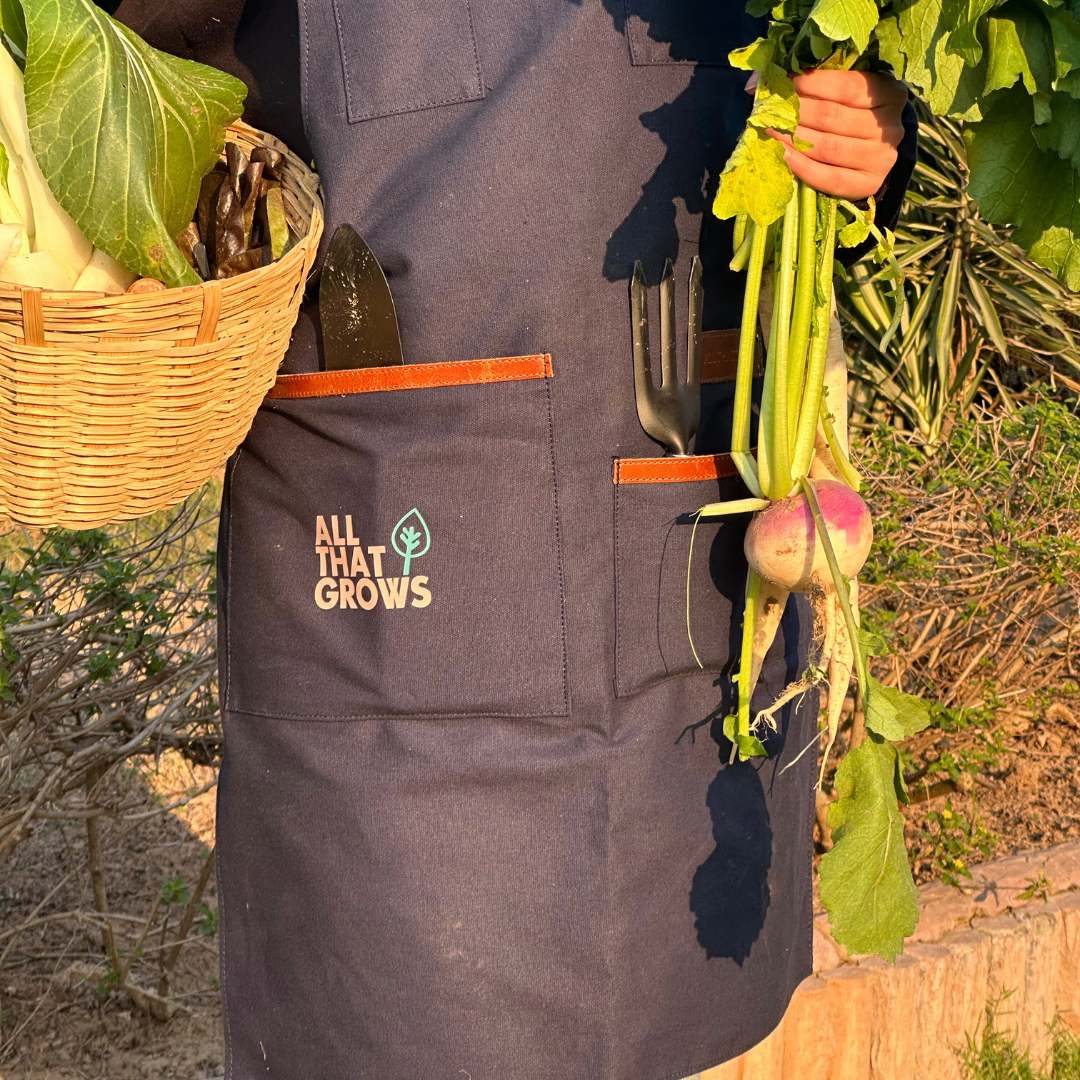- Details
- How to sow
- Reviews
Kaempferia rotunda Bulbs, commonly called Bhumi Champa or “flower of the earth,” emerge directly from the ground on short, fleshy rhizomes. Each plant sends up narrow, tubular flowers one or two at a time, each lasting two to three days but offering blooms over a four- to five-week period. The blossoms, typically pale mauve or white with purple-tinged throats, measure around 4–5 cm long and sit just above the soil line. After flowering, the striking foliage unfurls: leaves emerge tightly rolled as purple spikes before opening into green blades marked with silvery patterns on the upper surface and rich purple beneath, reaching up to 25 cm tall. Ideal for shaded rockeries, woodland gardens, or tropical container displays, these bulbs add seasonal interest through both their fleeting flowers and their ornamental leaves.
Planting instructions
Choose a well-draining, humus-rich spot in partial to full shade. Lay the rhizomes horizontally just beneath the soil surface, ensuring good contact with the earth.
Growing Requirements
Pests
Relatively pest-free but susceptible to rhizome rot in waterlogged soil and occasional slug damage; maintain good drainage and inspect for slugs regularly.
soil
Thrives in fertile, well-draining loam enriched with organic matter; avoid heavy clay that retains too much moisture.
spot
Prefers a cool, sheltered position in dappled shade or morning sun, protected from harsh afternoon light.
temperature
Best in warm temperate conditions - from 15 °C up to 30 °C - though the foliage remains attractive into cooler months if not frozen.
watering
Keep the soil evenly moist during active growth and flowering, then reduce watering as foliage dies back to encourage dormancy.
how to harvest
Cut flower stems just as the buds begin to open, working early in the morning for maximum fragrance. Combine with sturdier blooms like hellebores or small orchids for contrast.
To prolong vase life, trim stems diagonally, remove any submerged foliage, change the water every two days and keep the arrangement in a cool spot away from direct sunlight.

The productiveness of any seed we sell is subject to your local climatic conditions*, the sowing method you adopt, and your commitment to the planting process. We give no warranty, expressed or implied, and are in no way responsible for the produce.
Please note that all our seasonal recommendations/ sowing information is as per the local climatic conditions. *For more information on the optimum conditions required for growing seeds in your region, please contact us at, hello@allthatgrows.in or Whatsapp us at, +91 8544865077
Questions & Answers
Have a Question?
Be the first to ask a question about this.



















